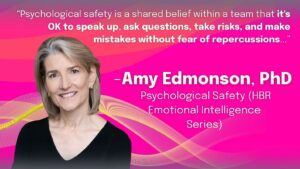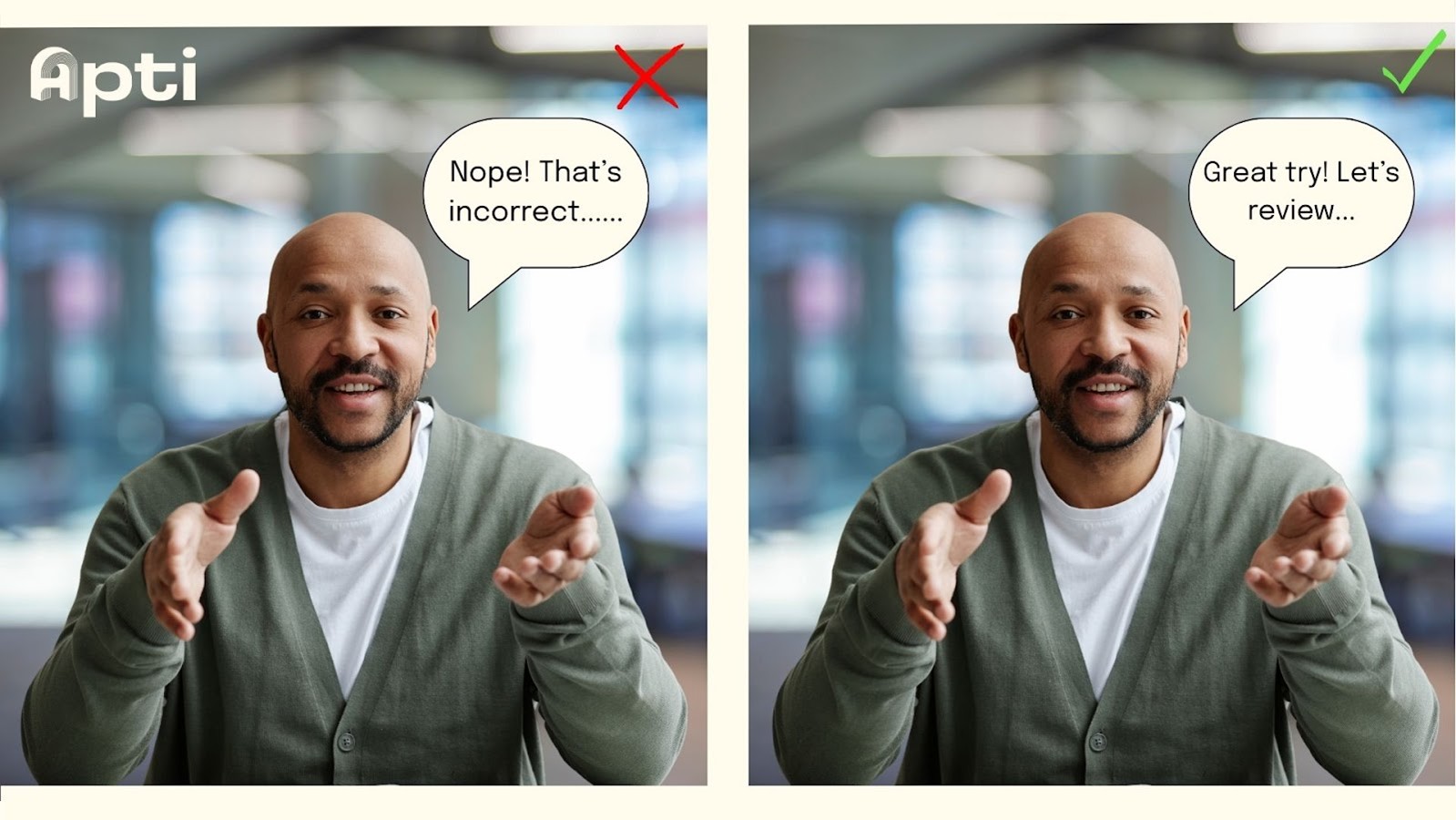
In 2021, MindShare Partners reported that 76% of surveyed full-time employees experienced at least one symptom of a mental health condition. For one of the first times in modern history, conversations about mental health are no longer happening in hushed tones—they’re taking place in the boardroom.
Industrial-Organizational psychologists have long demonstrated the connection between mental health and workplace performance. Poor mental health is often at the root of stifled creativity, decreased productivity, and higher rates of burnout. As organizations begin to reassess their workplace cultures, many are realizing that investing in mental health isn’t just compassionate—it’s strategic.
Whether it’s taking a “mental health day” or encouraging honest discussions about toxic workplace culture, today’s most successful companies are creating space for vulnerability and support. Corporate training is no exception.
In the world of Learning and Development (L&D), and particularly for Learning Experience Designers (LxDs), we have a unique opportunity to align our work with these broader cultural shifts. The data is clear: psychological safety enhances learning behaviors. By designing training environments that foster well-being and safety, we’re not just supporting learners—we’re driving better learning outcomes and stronger learner engagement.
Psychological Safety and Learning: A Natural Connection
The concept of psychological safety was first introduced by Amy Edmondson, a professor at Harvard Business School. She defines it as a climate where individuals feel safe to:
“Speak up, ask questions, take risks, and make mistakes without fear of repercussion…”

When team members aren’t afraid of unpredictable reactions or retaliation, innovation and growth thrive. Organizations that prioritize psychological safety see lower turnover, fewer costly mistakes, and higher overall performance.
A million-dollar idea may already exist within your organization—but accessing it requires an environment where it’s safe to be vulnerable enough to share it.
Applying Psychological Safety to Learning Design
Translating this into the realm of Learning Experience Design poses both challenges and exciting opportunities. It requires creating a learning experience that:
- Encourages reflection and self-discovery
- Builds trust and credibility with learners
- Has identified and reduced potential threats to safety
- Prioritizes accessibility and inclusivity
- Reflects diverse experiences and perspectives
Learning environments aren’t meant to trick you—they’re meant to spark real-world connection and create lasting behavior change.
Designing for psychological safety doesn’t just involve content—it requires a shift in mindset. It’s about anticipating learner needs, reducing barriers to participation, and creating an environment where people feel secure enough to engage fully. Below are concrete strategies and the “why” behind them:
1. Design Principles
Use inclusive and trauma-informed language
Language shapes how safe a learner feels. Inclusive language avoids assumptions about gender, culture, background, or ability, and instead acknowledges the diversity of your learners’ experiences. Trauma-informed language goes a step further by being mindful of how phrasing may trigger or alienate individuals with past traumatic experiences.
Example:
Instead of saying “When a manager disciplines a team member…,” try “When a leader provides feedback…” This slight shift avoids potentially triggering language and centers the learning on growth.
Offer content warnings and pacing options for sensitive material
Some training topics—like harassment prevention, bias, or mental health—can be emotionally triggering. Providing content warnings ahead of time helps learners prepare themselves emotionally and mentally. Offering the option to pause and return to material later allows learners to stay in control of their experience.
Example:
Before a scenario-based module on workplace discrimination, include a message such as:
“The following content discusses real-world experiences of discrimination. Some learners may find this upsetting. You may choose to proceed now, return later, or skip this section and review a summary instead.”
Design with accessibility in mind (neurodiversity, disability, language)
Accessibility goes far beyond compliance. It’s about ensuring that every learner can fully engage with the material. This means designing for different learning styles, reading levels, and sensory needs. For a more in depth discussion, check out our blog detailing accessibility opportunities in eLearning design. In the meantime, here are a few examples that can help get you started.
Examples:
- Use clear, simple text and avoid jargon when possible.
- Ensure color contrast is sufficient and visuals aren’t the only way to communicate meaning.
- Provide transcripts, captions, and keyboard navigability.
- Allow learners to control animation speed or toggle animations off entirely (helpful for people with sensory processing disorders).
- Design flexible, nonlinear learning paths to support different cognitive styles and pacing preferences.
2. Feedback and Remediation
Build trust with an encouraging, nonjudgmental tone
Learners are more likely to engage when they don’t feel like they’re being evaluated harshly. A friendly, conversational tone reduces performance anxiety and fosters trust.
Example:
Instead of “Incorrect. Try again,” say: “Good attempt! Let’s take another look together.”
This small change validates the effort and guides learners without invoking shame.

Normalize mistakes as an essential part of the learning process
Mistakes are where learning happens. By explicitly framing them as a natural and even expected part of growth, you help reduce the fear of failure and encourage exploration.
Example:
Include affirming statements like:
“Mistakes mean you’re trying something new. Let’s explore why this might not be the best option and what could work better.”
You can also integrate “learn from failure” moments into activities, making mistakes part of the design rather than something to avoid.
Frame feedback as an opportunity for growth, not as punishment
Feedback should feel like a resource, not a reprimand. Design feedback loops that guide the learner toward the right solution through encouragement and reflection rather than correction.
Example:
After a quiz question, don’t just provide the correct answer—explain why it’s correct, and offer an opportunity to revisit related content. This gives the learner an opportunity to understand the reasoning behind the correct answer, rather than rote memorization.
Why This Matters
When learners feel psychologically safe, they are more likely to:
- Take intellectual risks
- Ask questions
- Reflect honestly on their experiences
- Retain and apply what they’ve learned
- Engage with challenging content
Here’s a quick checklist to help you ensure that your training delivers the highest quality results possible. Give it a once over before you send your next project off to QA!
By integrating these principles into your training design, you create not just a more inclusive learning environment, but a more effective one—where learners leave not only informed, but empowered.